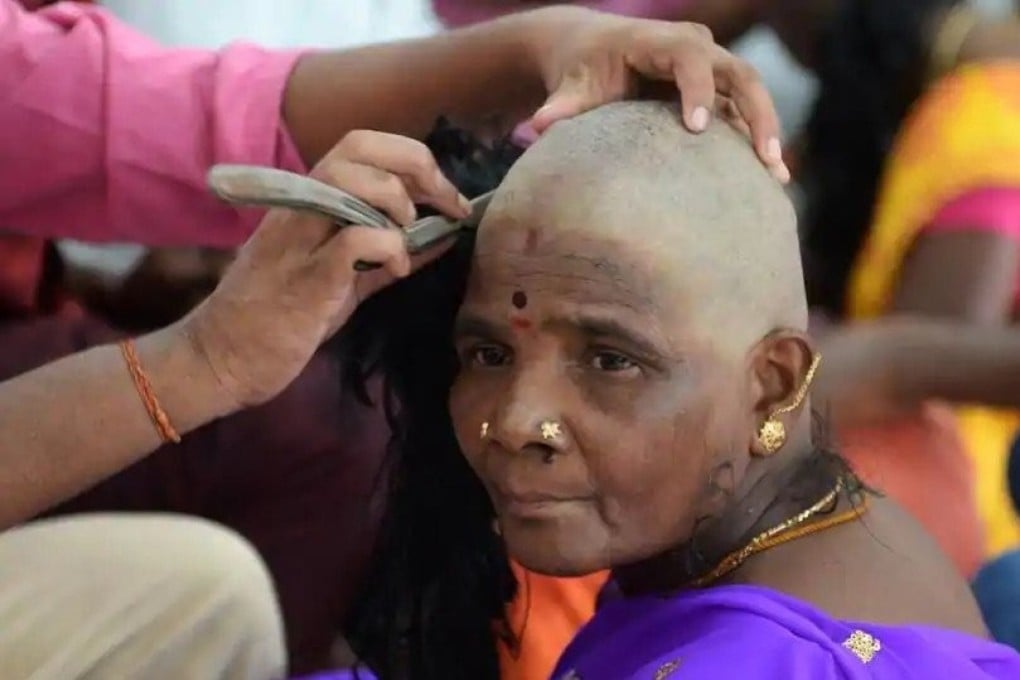India’s sacred hair harvest: a spiritual (and profitable) journey from temple to global markets
- Ancient Andhra Pradesh temple generates millions of dollars annually from operation that takes devotees’ hair and sells in online auctions
- The hair is cleaned, untangled and sorted by Indian companies that export the finished product to wig-making firms in Hong Kong and China

This scene plays out countless times daily at the ancient Venkateshwara Temple in Tirupati, in the southeastern Indian state of Andhra Pradesh. Over the years, tens of millions of devotees have taken part, donating their locks in a centuries-old act of veneration and faith.
Before going to the temple, which is run by Tirupati Tirumala Devasthanam (TTD), an independent trust, the pilgrims have prayed to the temple’s presiding deity, Lord Venkateshwara – sometimes for a child, at other times for the health of a sick relative, or perhaps for a new house or car. When their prayers are answered, they march off to the temple to offer their tresses – a sign of giving away one’s ego.
Up to 90,000 devotees have been known to visit the temple in a single day, with an average of 35 per cent to 50 per cent offering their hair – most of them women, who have more highly prized locks. Each year, according to TTD, about 12 million heads are shaved.
India’s poor brides get shot at dream wedding dresses in Kerala shop
Devotees do not receive money for their offerings, but they are rewarded with free food.